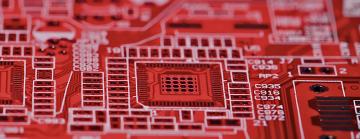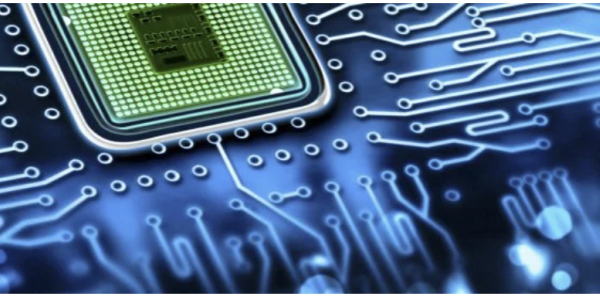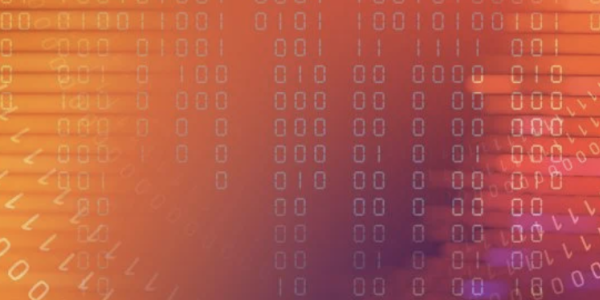Interconnecting Devices & Systems
New Approaches to Applying Physics in Computing
Interconnects are critical to computing communications – internally within a microprocessor and externally to other components. Interconnects also play a crucial role in power delivery and thermal management. To improve interconnection performance, ultra-dense and monolithic integration of logic and memory devices must be developed.
The current standard copper conductors with liners and low-k dielectrics must be replaced to achieve denser interconnection at lower power consumption. New approaches using topological and low-dimensional materials are needed to shift interconnect performance onto a growth curve. A molecular-level understanding of the materials and chemistries involved must guide this. This will improve interfaces, processing, measurements, integration, and reliability.
Current State Challenges
The semiconductor industry faces complex challenges in evolving integrated circuit technology beyond conventional complementary metal-oxide-semiconductor (CMOS). CMOS are onboard, battery-powered semiconductors that store information. Density, information processing, and memory technologies must be extended to make CMOS more energy efficient.
Interconnect Device & Systems Research Questions
SLAC’s Microelectronics research in interconnects and semiconductor technology involves exploring several vital questions. These are:
- How can we extend current CMOS beyond its ultimately scaled density and functionality? For example, can we achieve density and functionality gains by integrating a new high-speed, dense, and energy-efficient memory technology on the CMOS platform?
- Can we develop and scale new information processing devices substantially beyond CMOS stand-alone capabilities using new materials, devices, and architectural approaches?
- What new memory technologies can be leveraged that combine features of current memories and fabricate to integrate with existing technology platforms? This question is explored for both stand-alone and embedded memory applications.

Microelectronics Research Areas
Explore SLAC Microelectronics' other areas of research.







